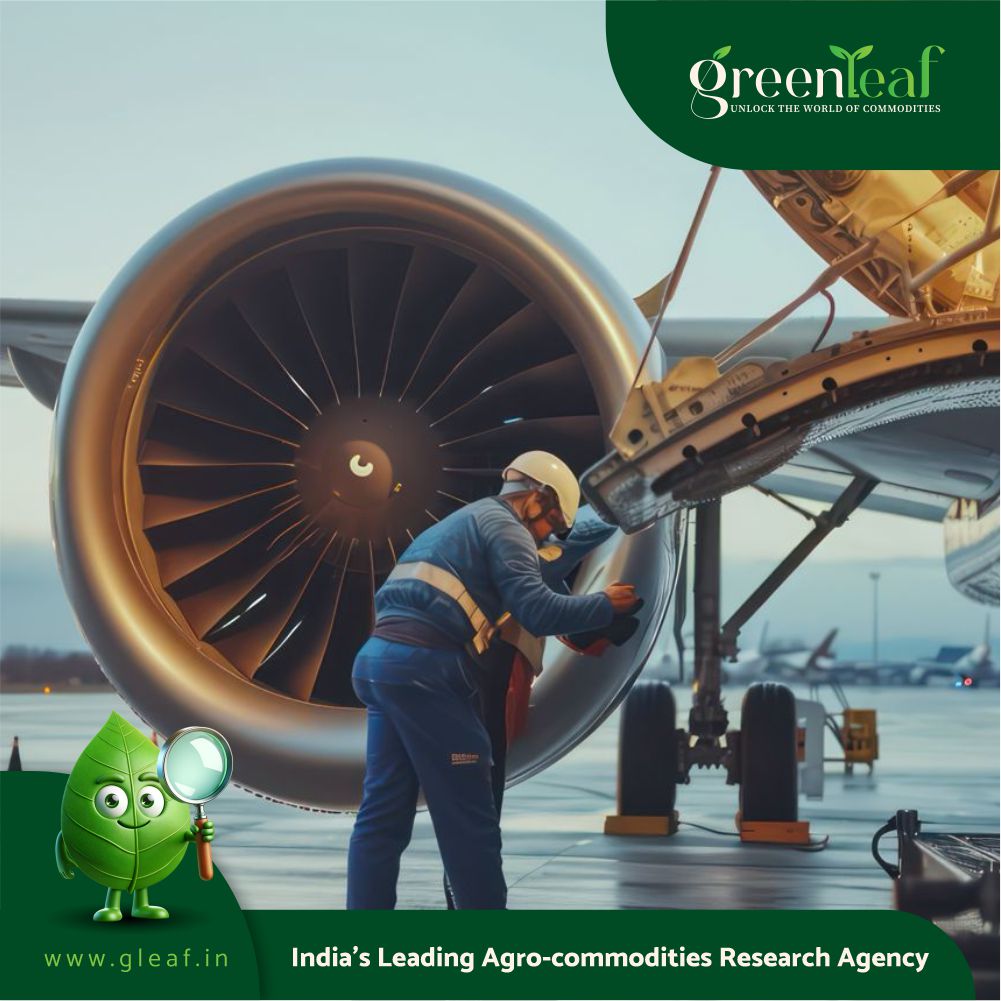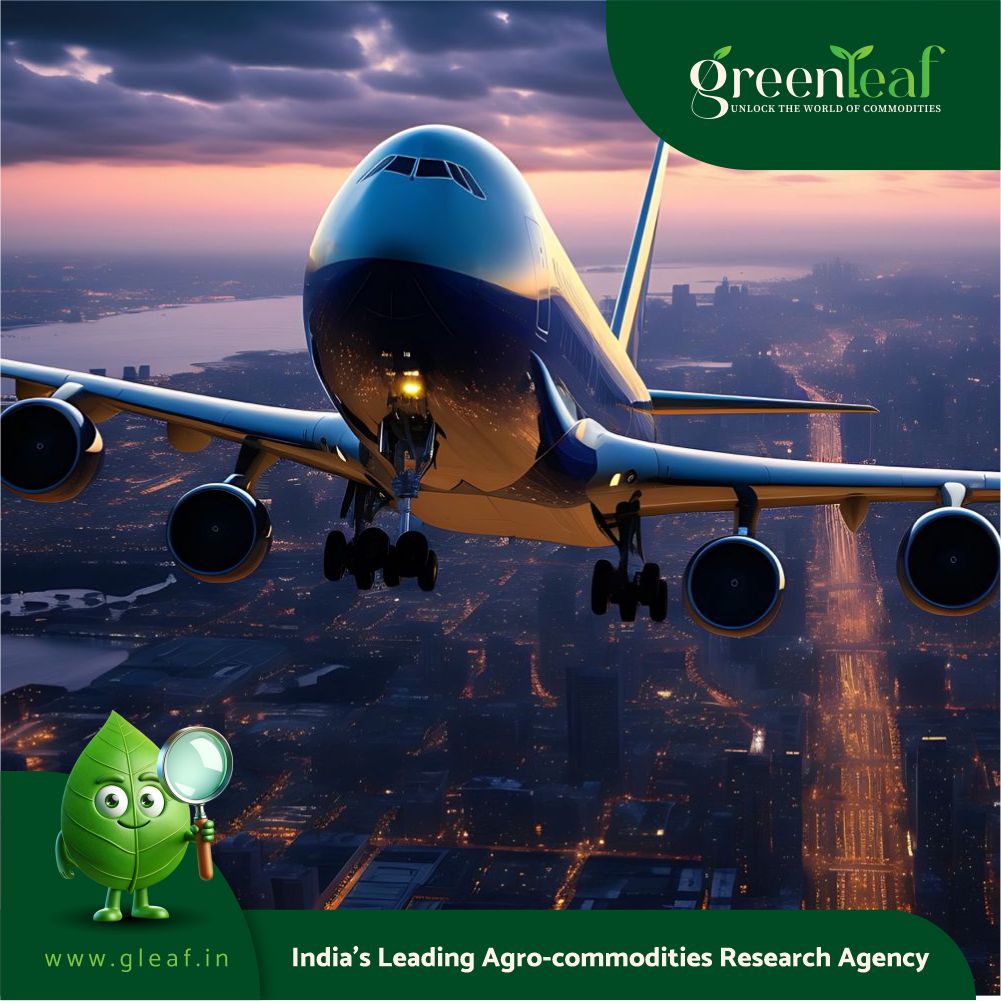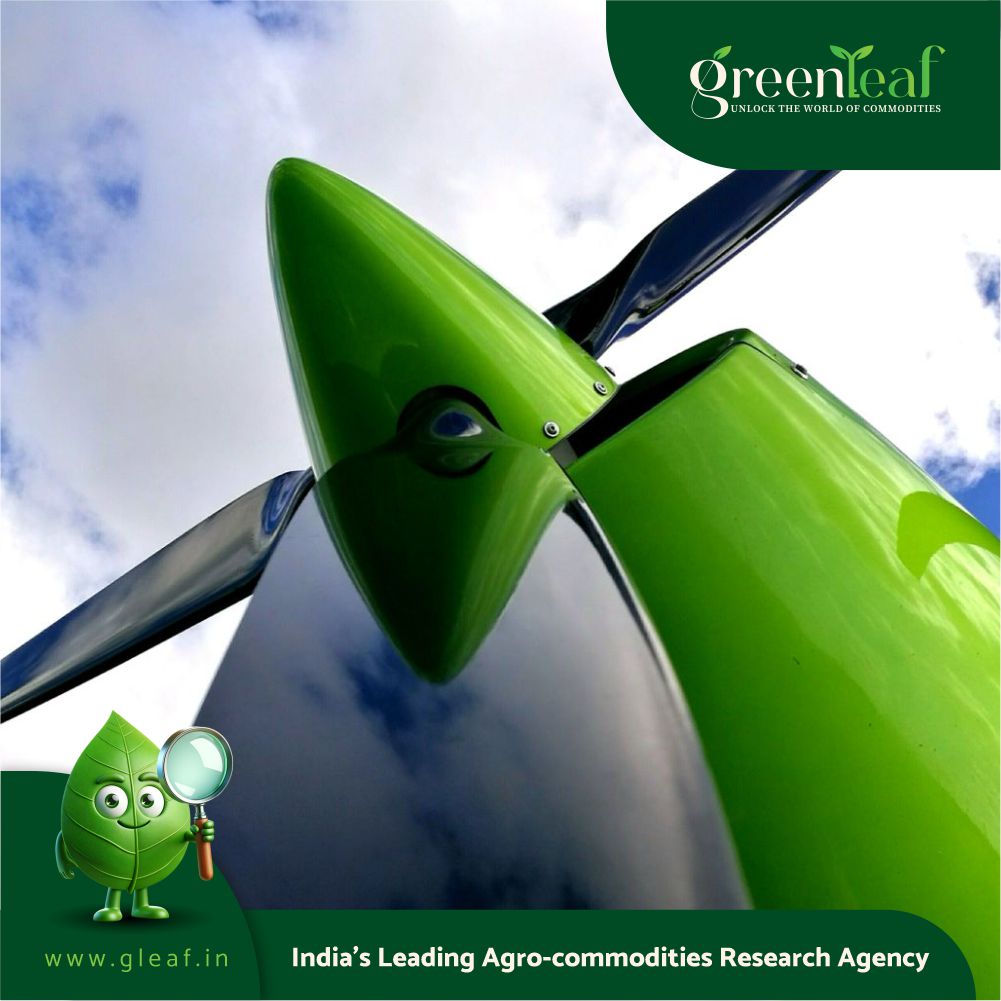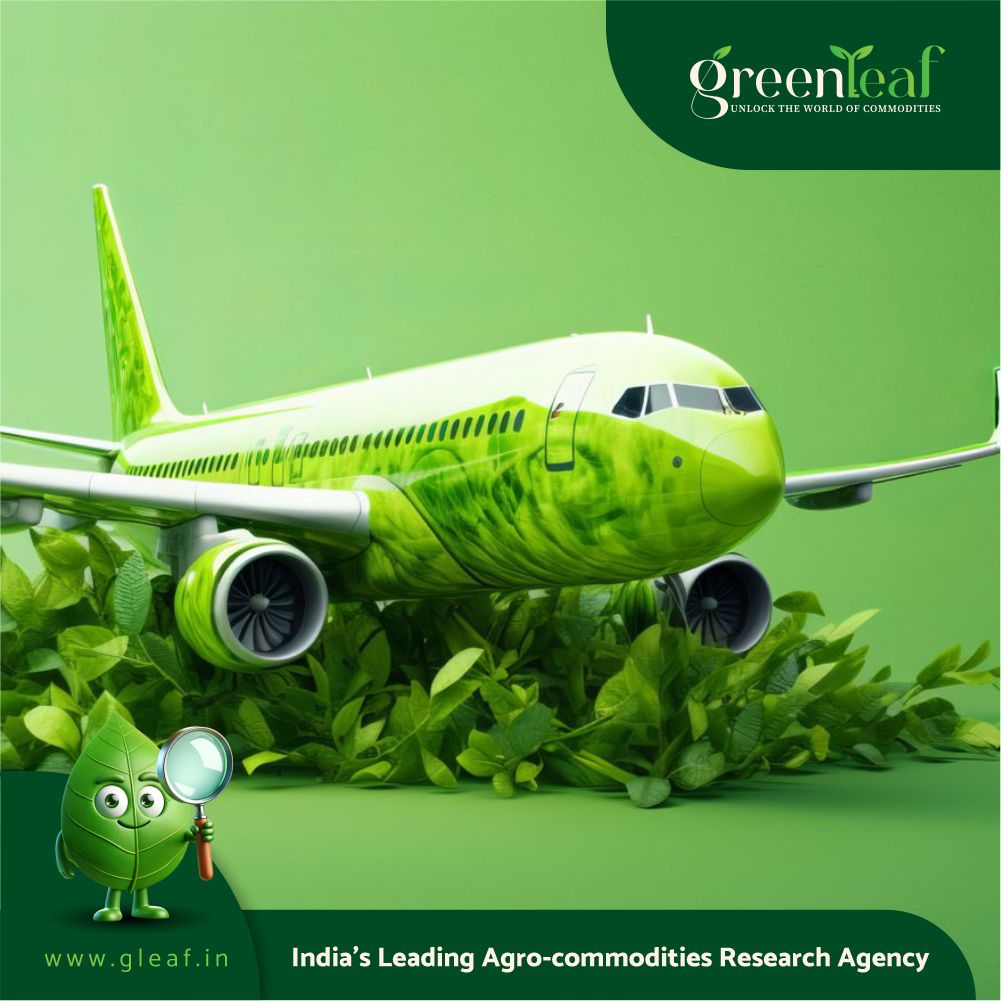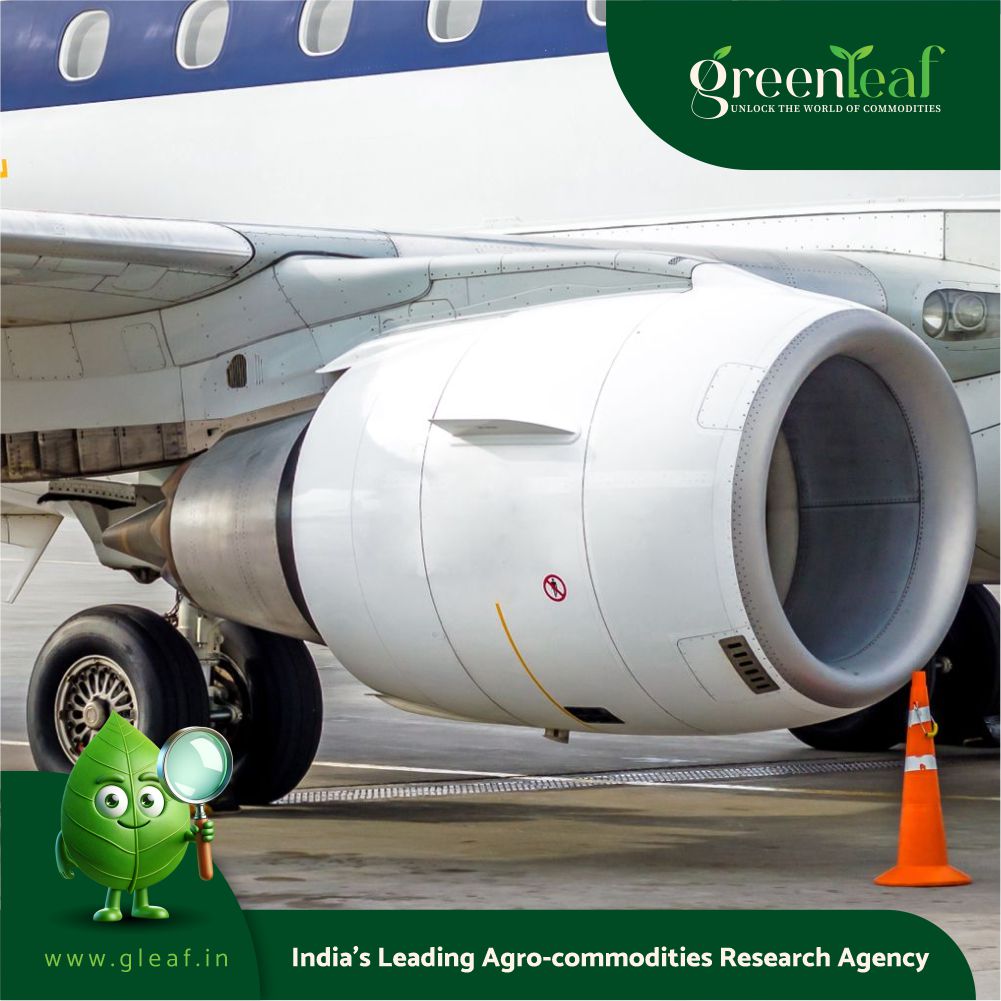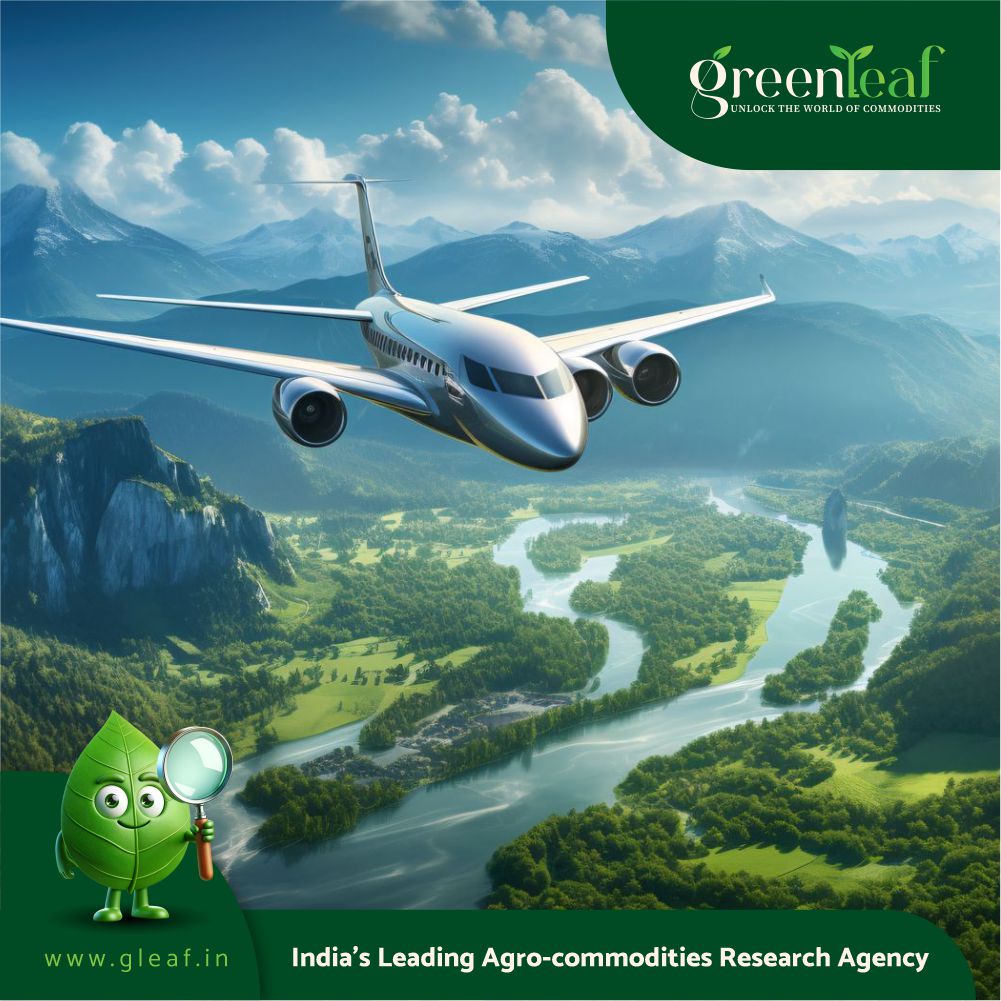As the country strides ahead in terms of biofuels, a recent collaboration between two global companies working in the field of sustainability and green solutions, has marked a positive step towards the production of sustainable aviation fuel (SAF). On the very first day of the India Energy Week 2025, global technology and consulting firm, Honeywell signed a memorandum of understanding (MoU) with a leading name in the business of green energy, AM Green.
Their collaboration aims to assess the techno-economic feasibility of producing SAF from various sources in the country. With an aim to help reduce crude oil imports and aid airlines in meeting the SAF blend mandate, Honeywell Energy and Sustainability Solutions Vice President and General Manager, Ranjit Kulkarni spoke to Outlook Business about India’s immense potential in becoming a major producer as well as exporter of SAF.
Q) Can you tell me about the MoU that you signed on the first day of the India Energy Week?
A) AM Green or Greenko is one of the pioneering renewable companies in India who have invested heavily in renewable resources. They are one of the major producers of pumped hydro or renewable electricity in the world but now they are also trying to take it to green molecules. So what we are working with them is capturing some of the CO2. They also have an ethanol-to-jet technology where we are turning that ethanol into sustainable aviation fuel (SAF), which is the requirement of India right now. We are working with AM Green to develop the feasibility study, and as the product matures, we will go about its design and execution phase.
Q) How do you think SAF technology will establish its presence in the Indian market?
A) Globally, everybody has agreed to transition or make sustainable aviation fuel as a part of their fuel tank. Today there is Carbon Offsetting and Reduction Scheme for International Aviation (CORSIA) mandate, that by 2027 every airline that is flying internationally has to start blending sustainable aviation fuel with jet fuel. The targets include having 1% blend by 2027, 2% by 2028 and 5% by 2030 in the tank and it further goes up. This is a global mandate and India is also committed to that.
So everybody will need that sustainable aviation fuel to be available in India, for all the international airlines flying out. However, our government is not just stopping at international but is also looking into domestic. Today if you look at India's ethanol story, it is a great success. We have around 20% ethanol blend in our gasoline.
India's record so far has been to beat the deadlines. Whether it is the ethanol deadline, or green energy or renewable electricity deadline, we are always ahead of time. When it comes to SAF, I am sure we will be a global hub or a regional hub at least catering to the nearby regions, providing SAF to others at much attractive prices.
Q) What is the current status in terms of SAF blend globally?
A) Right now it is a voluntary market, mostly in Europe and America or in the United States.
But now that mandate is going out. It was initially voluntary to test how it works but from 2027 it is going to be mandatory. So there we see 0.5%-1% blend in the airlines which has been going on for a few years.
Q) Can you take me through the current cost efficiency of sustainable aviation fuel?
A) Right now, sustainable aviation fuel is expensive. It can be 2 to 7 times pricier depending upon what source you are drawing it from. Additionally, the market also understands the premium, if you are making it from green electrons it is the priciest one.
If you are making it from used cooking oils, it will be 2 to 3 times pricier. There are different premiums available depending on what you are using to make your sustainable aviation fuel. This is also exciting.
People are looking at multiple pathways to make it and that means a lot of people can come into this ecosystem and make sustainable aviation fuel. Some will make it from cooking oil, some from used agricultural waste, some from municipal solid waste while some will use it from captured carbon and green hydrates.
Q) For India, what will be the most tapped source for sustainable aviation fuel?
A) I think India will have multiple pathways. So what's abundantly available in India? Bio feedstock. We are an agricultural country. So, bio feedstock will be one of the prominent sources to make pathways. What is the second most available? India is one of the largest sugarcane producers. This means we will have the largest ethanol producer. We will also try to take some of that ethanol and turn it into sustainable aviation fuel. Third would be carbon capture as we are getting big in green hydrogen.
Thereby, we see multiple pathways coming up in India but, of course, with different timelines as we go forward.

